The Waltham “Crescent Street” Movement: The Model 1870: Woerd’s Patent Micrometric Regulator
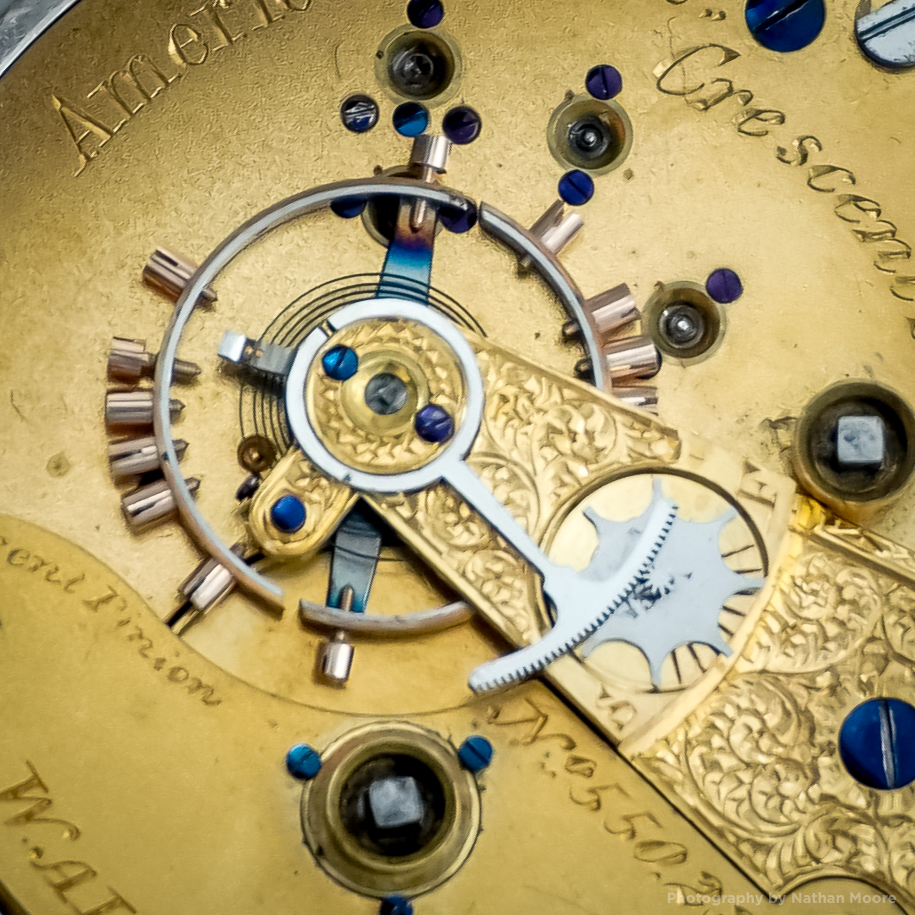
When the “Crescent Street” movement first debuted, it included several new features designed to quickly capture the growing railroad market. These features were promoted in advertisements published by Robbins & Appleton, general sales agents for the American Watch Company.
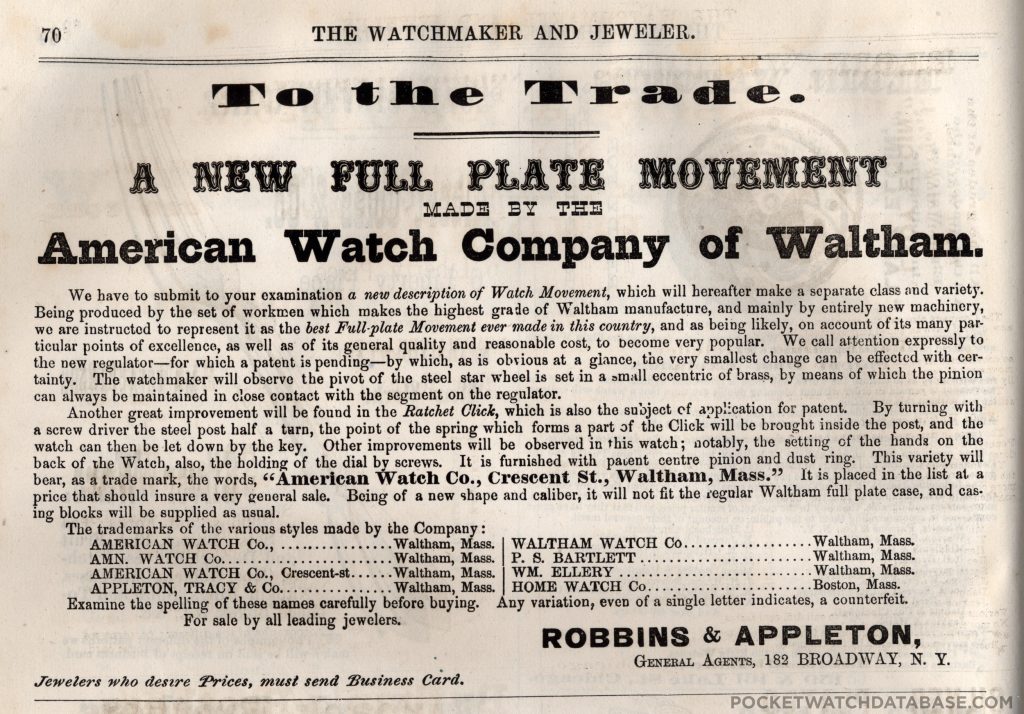
The first improvement was a new micrometric regulator designed by Charles Vander Woerd. Even though the patent had not been granted for the regulator, the company was eager to introduce the watch to the market. The patent was finally secured in December 1870, approximately one year after the “Crescent Street” was first teased in trade publications.

In the patent application, Woerd briefly described his invention as “the construction and arrangement of the regulator mechanism of watches, with particular reference to provision for nice manipulation or adjustment of the regulator-lever.”

This regulator design introduced the star wheel “rack and pinion” arrangement that would flow throughout Waltham production in different variations for many decades. Woerd’s design was eventually improved by Duane H. Church in 1885 with the addition of a tension bar to apply opposing pressure on the starwheel pinion.

The function of the regulator allows for adjustment to the effective length of the hairspring. By moving the regulator, the pins straddling the hairspring would move in a counter direction. As the spring oscillates back and forth, it gently volleys between the regulator pins, affecting the rate of the watch. By moving the regulator, the effective length of the hairspring would be lengthened, slowing the rate of the watch, or shortened, quickening the rate of the watch.
While nearly all American watches were fitted with some form of regulator, a micrometric regulator allows very fine tuning in small increments. This feature was eventually adopted as a requirement for railroad timepieces to provide precise rate adjustments.
Woerd secured a patent for his regulator design on December 27, 1870, representing the first micrometric regulator patented for use at the Waltham factory. This improvement was significant because it represented the precision required in the early stages of the railroad watch industry. The “Crescent Street” served as a model watch for the industry, furnished with premium features to ensure reliability.
With growing competition from startup watch companies at the time, it is also critical that Waltham implemented a micrometric regulator design into production approximately four years before the Elgin or Rockford factories were able to do so. This allowed Waltham to gain a stronger foot in the market as railroads were becoming entrenched in American culture and commerce.

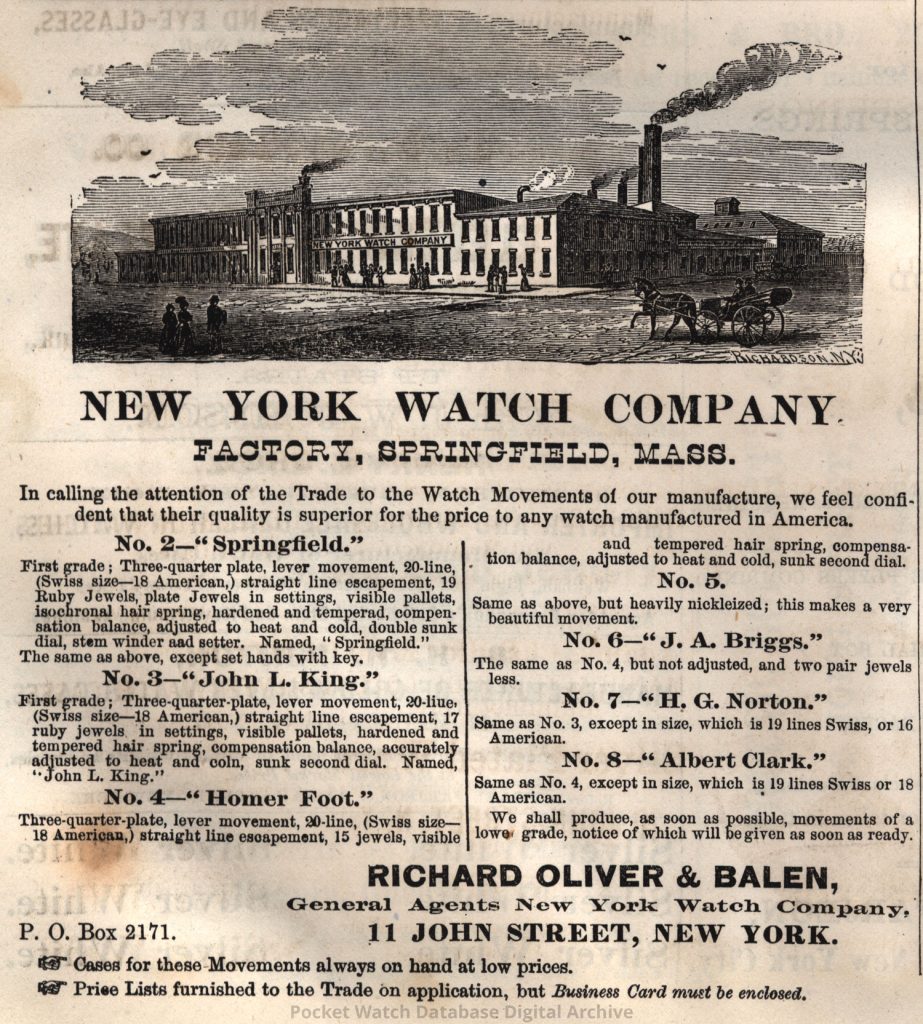
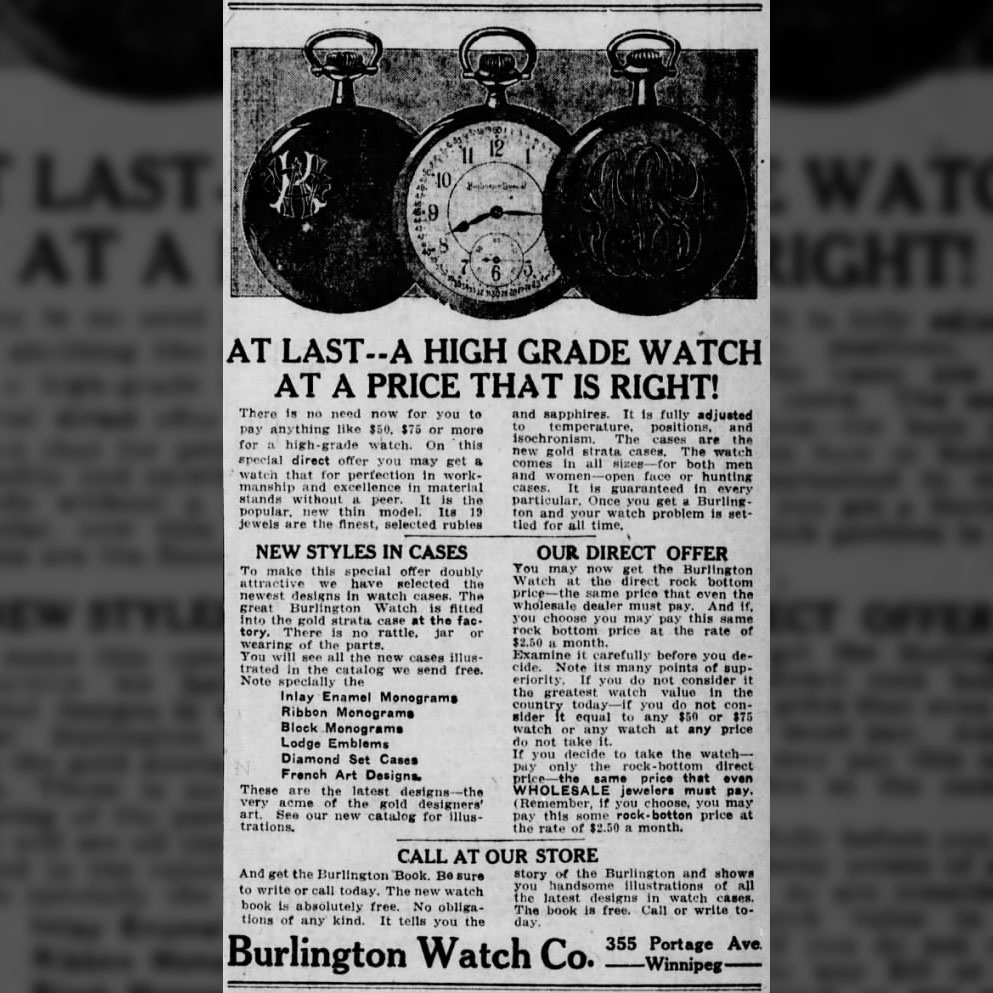
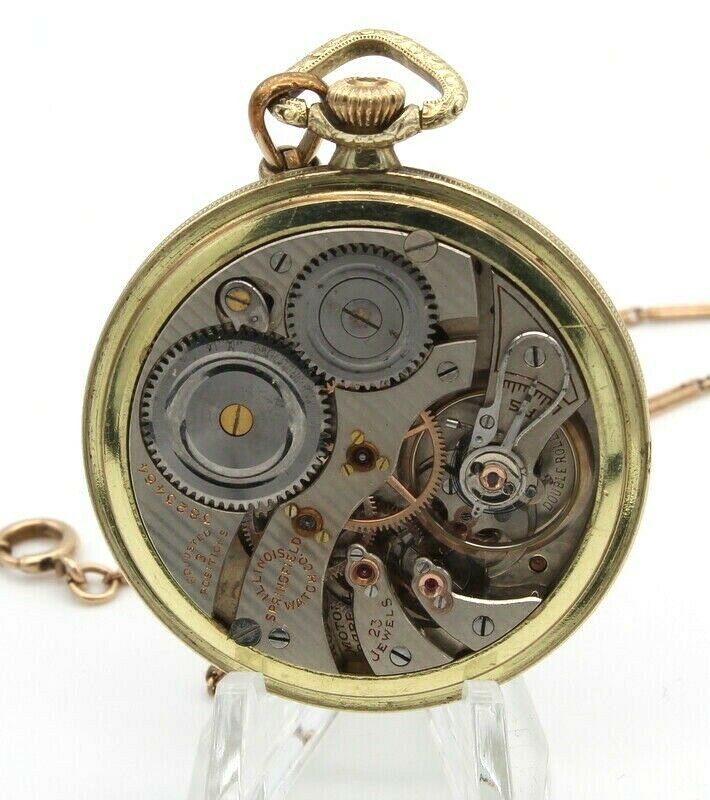
Great article thank you Mr. Moore!